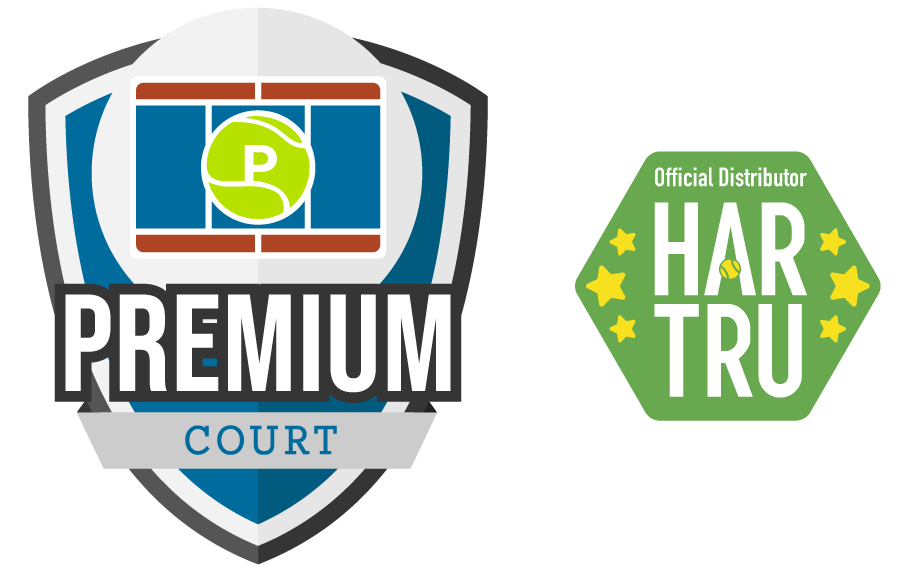-
The net should be 3' (36") at the center strap, and 3'6" (42") at the posts. This is the standard for both singles and doubles courts.
-
The standard size of a tennis court is 78 feet (23.77 meters) long and 27 feet (8.23 meters) wide for singles play, and 36 feet (10.97 meters) wide for doubles play.
-
Depending on the condition of the surface, it typically takes 3-6 days weather permitting.
-
The construction time for a tennis court depends on several factors, including the size of the court, the surface material, and the site conditions. Typically, a tennis court can take between 2-4 weeks to construct.
-
The recommended surface for a tennis court depends on the player's skill level, the climate, and the intended use of the court. Some common surfaces include hard court, clay court, grass court, and artificial turf.
-
The requirement for permits to build a tennis court depends on local regulations and zoning laws. It is advisable to check with your local government and obtain the necessary permits before starting any construction work.
-
The cost of building a tennis court depends on several factors, such as the size of the court, the surface material, the site preparation, and the location. On average, the cost of building a tennis court can range from $80,000 to $150,000 plus HST.
-
There is no "correct" colour per se; however, there are colours that perform better under certain conditions. Ideally, a player wants to have the best possible visibility for his or her game, and this is achieved by having the best possible contrast between the ball and the surface. A dark green court surface, for example, provides a good contrast to yellow or white tennis balls. Why? Because tennis balls reflect more light (or, technically speaking, they have a higher reflectance), and darker colors reflect less (or have lower reflectance). Two-tone colour schemes are often selected to clearly define court boundaries. When such colour combinations are chosen, the colour with the lowest reflectance (generally, the darker colour) should be used within the court boundaries. However, for areas in which tennis is played during the day, lighter colours are often chosen for surfacing because they absorb less light and therefore, minimize the surface temperature buildup. For night play, or for indoor courts, surfaces with low reflectance will require more lighting to illuminate them. Designers and owners will need for a longer life expectancy of the surface, the dark colours contains the most pigments which will outlast light colours, and for esthetic purposes, dirt or build up of carbon dioxide caused by surronding trees will be less noticable on a dark colour.
-
The overall court size is 60' x 120', however, due to vegetation, trees and drainage, a minimum of 5' around the perimeter of the court should be allowed.
-
Please Note that a tennis court should be sloped as one true plane; in other words, water should drain in one direction only. The preferred directions of a slope on a court is from side to side (from net post to net post) The court should never be crowned like a road.
The recommended slope for a hard court is 1% (1" for every 10').
-
The maintenance requirements for a tennis court vary depending on the surface material used. Generally, regular cleaning, brushing, and sweeping of the court surface are required to maintain its playability and longevity. Other maintenance activities may include resurfacing, crack repairs, and line repainting.
-
A tennis court can be built on most terrains, but it is important to ensure that the site is level and free from any obstructions. Soil testing may be necessary to determine the soil conditions and the suitability of the terrain for construction.







